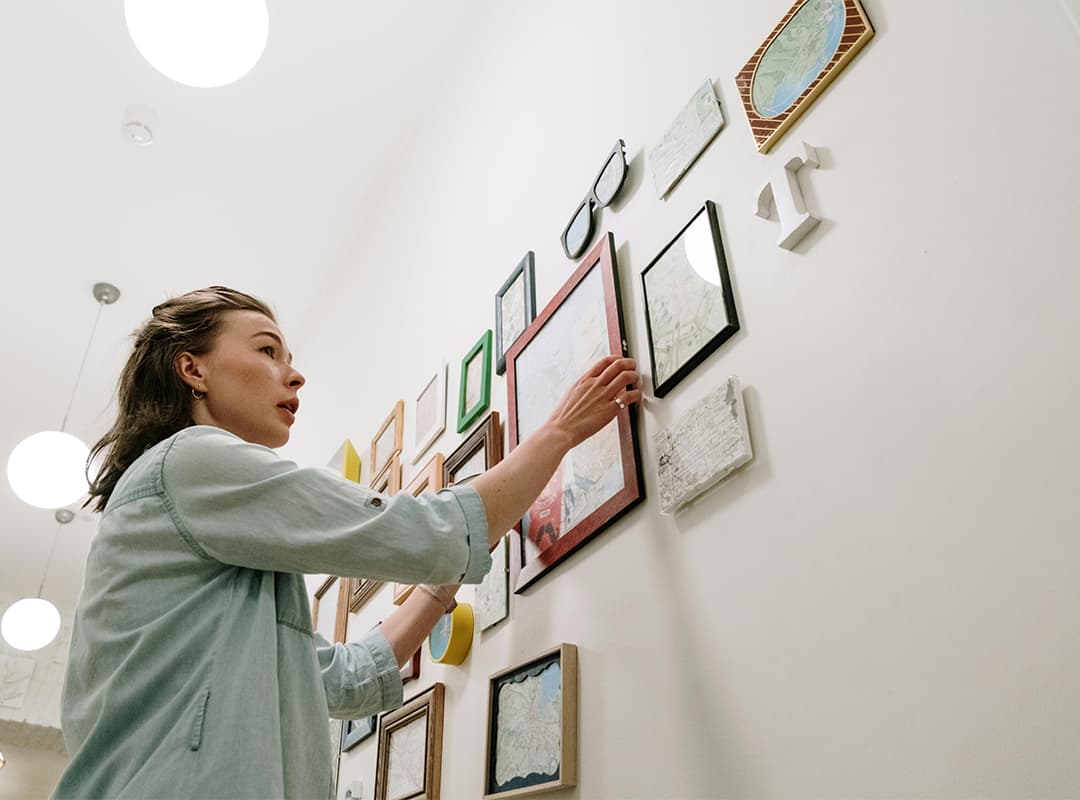Contemporary art can sometimes feel like an enigma, leaving viewers puzzled about what they’re seeing and how to evaluate it. Unlike traditional art forms, which often have clear historical references or techniques, contemporary art embraces a wide range of styles, mediums, and ideas, making it both exciting and challenging to comprehend. However, with the right approach and mindset, you can learn to appreciate and critically evaluate contemporary art. Here’s a guide to help you navigate this dynamic and ever-evolving field.
1. Understand the Context
One of the key elements to understanding contemporary art is to consider the context in which it was created. This includes the artist’s background, the historical moment, cultural influences, and the political or social issues they may be addressing.
For instance, artists like Shepard Fairey, known for his iconic Shepard Fairey prints, often incorporate themes of activism and social justice in their work. His famous “Hope” poster featuring Barack Obama served as both a political statement and a commentary on American culture. Understanding these contexts can help viewers gain insight into the artist’s intentions and the message behind the artwork.
2. Engage with the Medium
Contemporary art spans a vast array of mediums—from traditional painting and sculpture to digital art, installation, and performance. Familiarizing yourself with different mediums can enhance your appreciation. Consider visiting various exhibitions that highlight different forms of contemporary art, such as video installations, mixed media pieces, or street art.
Each medium comes with its own set of techniques, challenges, and expressive possibilities. For example, a Shepard Fairey print may utilize screen printing techniques that give it a distinct visual style, while a digital art piece might incorporate animation or interactive elements that invite viewer participation. Engaging with the medium allows you to better understand how it influences the artist’s message and the overall experience of the artwork.
3. Observe the Elements of Art
Take the time to closely observe the elements of the artwork. Consider aspects such as color, form, texture, line, and composition. Ask yourself how these elements contribute to the overall feeling or message of the piece.
For instance, bold colors and strong contrasts in a piece by Shepard Fairey may evoke feelings of urgency or activism, while softer tones in another artist’s work might create a sense of tranquility or reflection. By analyzing these elements, you can develop a deeper connection to the artwork and better appreciate the artist’s choices.
4. Reflect on Your Emotions and Reactions
Contemporary art often aims to provoke thought and evoke emotions. When you encounter a piece that resonates with you—whether it makes you feel joy, confusion, anger, or curiosity—take note of your emotional response.
Ask yourself why you feel this way. What specific aspects of the artwork contributed to this reaction? Understanding your emotional response can provide insights into the themes and intentions behind the piece. Remember, there are no right or wrong feelings; your personal experience is valid and can enrich your understanding of the artwork.
5. Research the Artist
Learning more about the artist can provide valuable insights into their work. Researching their biography, artistic journey, and previous exhibitions can reveal patterns in their work and help you understand their evolution as an artist.
For example, discovering that Shepard Fairey began as a street artist before gaining international acclaim can shed light on the rebellious, subversive nature of his prints. It can also help you appreciate the context in which he creates—often responding to social and political issues through his art.
6. Engage in Conversations
Discussing contemporary art with others can enhance your understanding and appreciation. Share your thoughts and feelings about specific pieces with friends, family, or even gallery staff. Engaging in conversations can offer new perspectives and interpretations that you may not have considered.
You can also participate in workshops, lectures, or panel discussions offered by galleries or art institutions. These events often provide opportunities to hear from artists, curators, and art historians, enriching your knowledge and understanding of contemporary art practices.
7. Don’t Be Afraid to Question
Contemporary art often challenges conventions and invites viewers to question their assumptions about art and society. Embrace your curiosity and don’t hesitate to ask questions about the works you encounter.
What are the themes the artist is exploring? How does the artwork relate to current social or political issues? Why did the artist choose a particular medium or style? By asking questions, you engage more deeply with the art, prompting a more thoughtful evaluation.
8. Visit Galleries and Museums Regularly
Frequent visits to galleries and museums can help you become more comfortable with contemporary art. Each visit exposes you to new artists, styles, and ideas, broadening your understanding and appreciation of the art form.
Many galleries also offer special events, such as artist talks, exhibition openings, and guided tours, which provide further context and insights into the works on display. Regular engagement with contemporary art will help you develop your own tastes and preferences, making future visits even more enjoyable.
Conclusion: Embracing the Journey
Understanding and appreciating contemporary art is a journey that requires an open mind, curiosity, and a willingness to engage. By considering the context, observing the elements of art, reflecting on your emotions, researching artists, and engaging with others, you can deepen your appreciation for contemporary art.
Whether you’re admiring a Shepard Fairey print in a gallery or exploring an immersive installation, remember that the experience of art is subjective. Allow yourself the freedom to explore, question, and feel, and you’ll find that contemporary art becomes not just something to observe, but a rich and rewarding part of your cultural experience.



